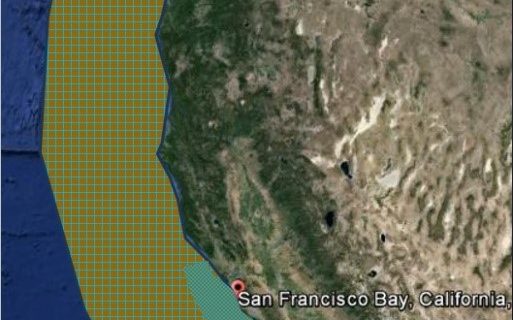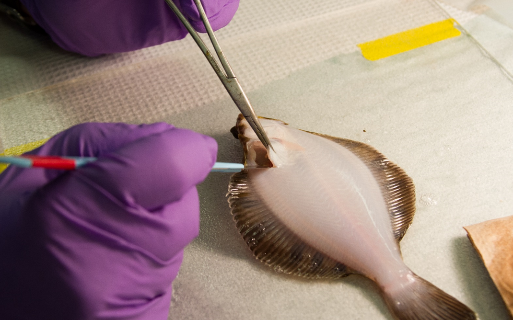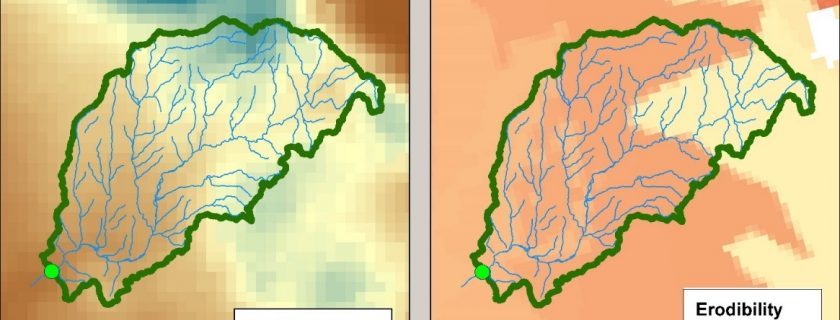SCCWRP and its partners have completed a comprehensive review of the likely causes of cyanobacterial blooms and nuisance vegetation in the San Francisco Bay Delta, concluding that nutrient loading likely … More
Articles by: genus
SCCWRP working to adapt passive sampling technology to monitor CECs in sediment
SCCWRP in January launched a two-year effort to adapt commercially available passive sampling devices to measure the freely dissolved concentration (Cfree) of CECs in sediment. Passive sampling devices consist of … More
SCCWRP-developed sediment bioaccumulation model being tested in L.A./Long Beach Harbors
SCCWRP and the Harbor Technical Work Group, which is working to address a TMDL (total maximum daily load) in Los Angeles and Long Beach Harbors, launched an effort in November … More
San Diego Bay bioaccumulation study working to quantify DDTs, PCBs
SCCWRP and its partners in December began analyzing and interpreting data collected from more than 300 San Diego Bay sediment and animal-tissue samples as part of a two-year study that … More
Draft study plan released for planned Marina del Rey copper bioavailability study
SCCWRP in January released a draft study plan for an upcoming Marina del Rey Harbor study that will seek to measure the influence of harbor water characteristics and environmental variations … More
Sediment stressor identification study launched in Marina del Rey
SCCWRP in late January kicked off a study that seeks to determine the cause of sediment toxicity and benthic community impairment in Marina del Rey Harbor. The study involves using … More
SCCWRP hosts kickoff meeting to develop statewide algae assessment program
SCCWRP hosted a day-long kickoff meeting with state, federal and local agencies in January to begin developing a statewide freshwater bioassessment program that uses algae as the indicator of waterbody … More
SCCWRP works toward predicting causes, impacts of West Coast acidification
SCCWRP and its partners have begun work on a predictive model that will offer managers key insights about the extent to which anthropogenic nutrients introduced to coastal waters affect ocean … More
Gene expression patterns of fish change in response to pollutant exposure, study shows
SCCWRP has found that the gene expression patterns of the hornyhead turbot change as they are exposed to different chemical pollutants at different concentrations, a proof-of-concept finding that reveals how … More
SCCWRP transitioning new stream condition scoring tool to managers
SCCWRP and its partners have launched a series of outreach and training exercises to teach watershed managers how to use a new scoring tool for evaluating the biological health of … More


